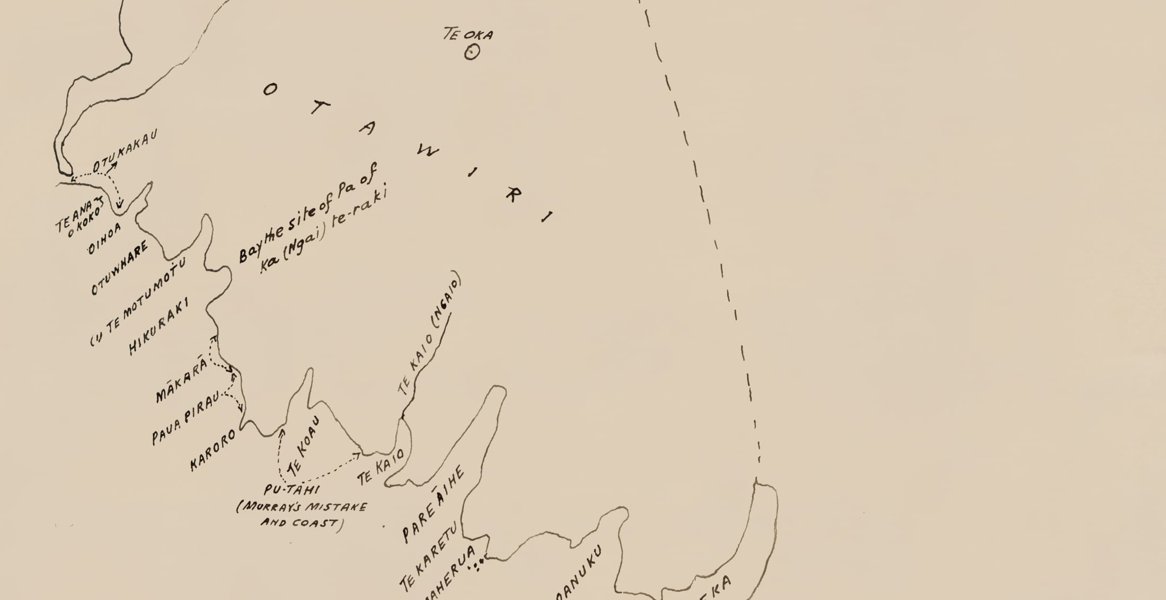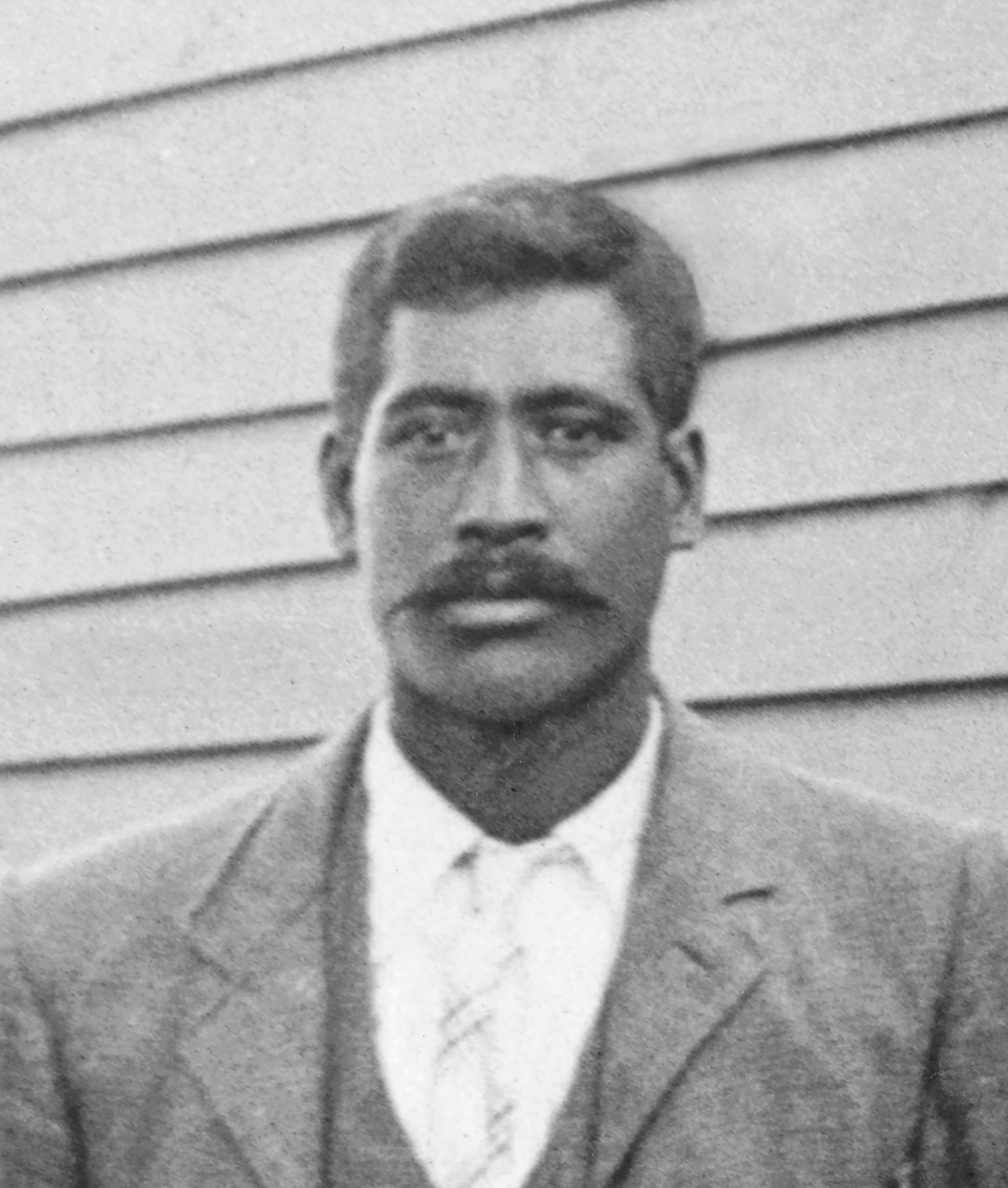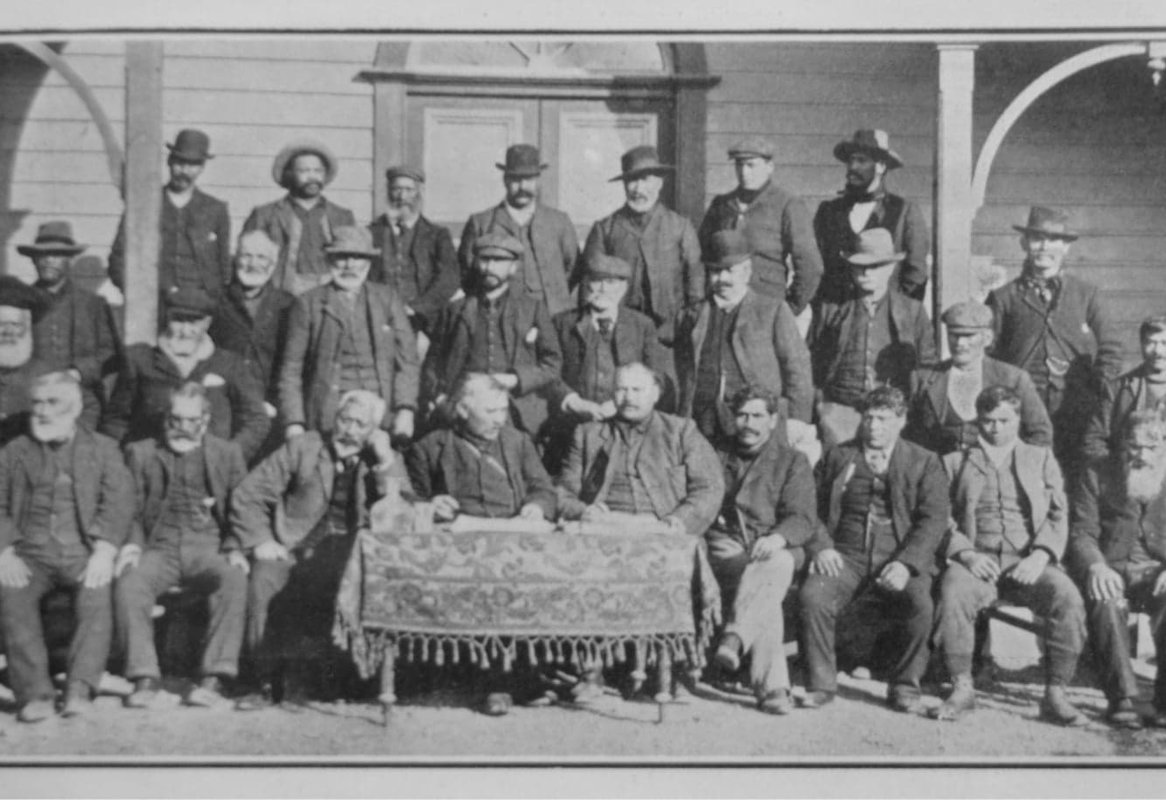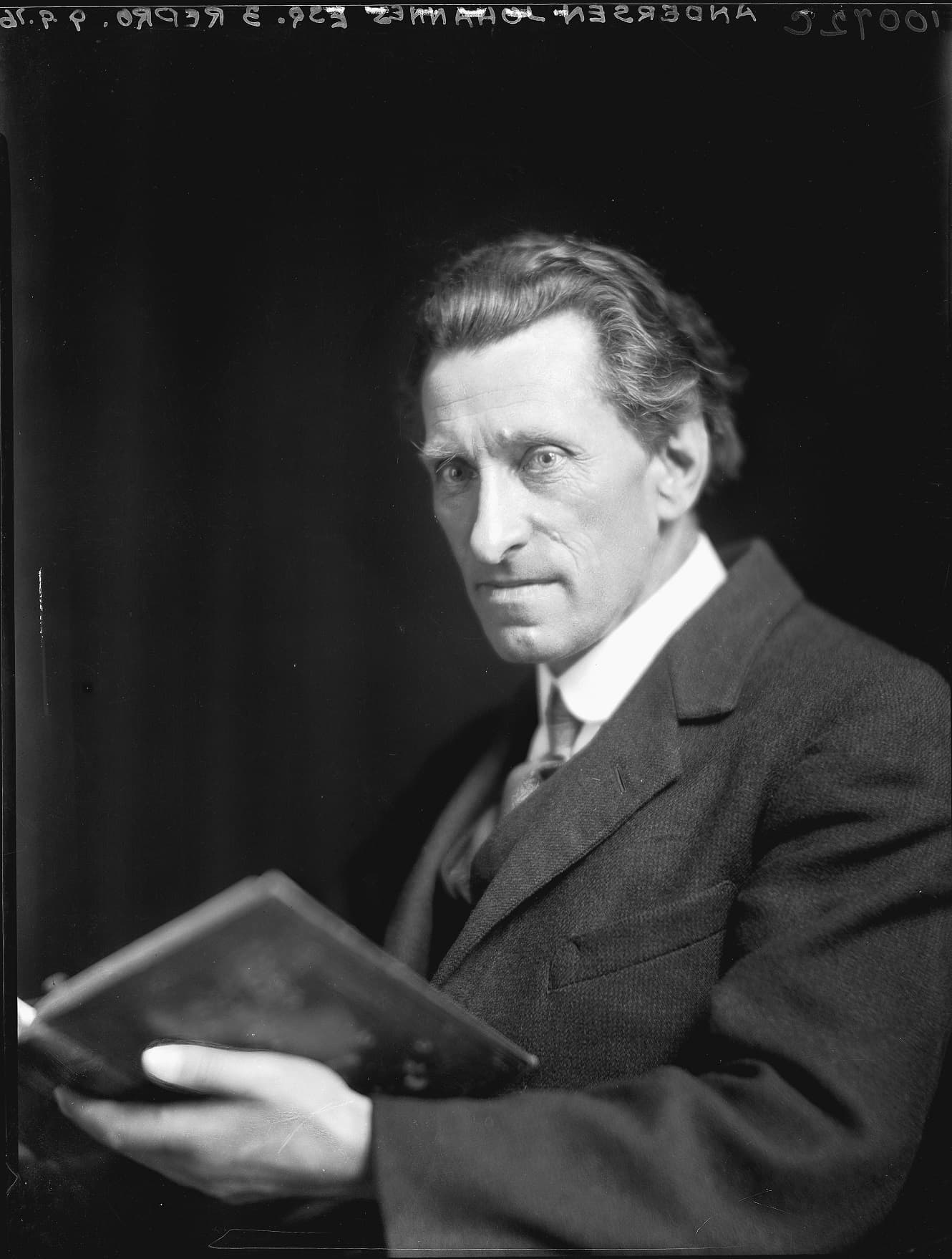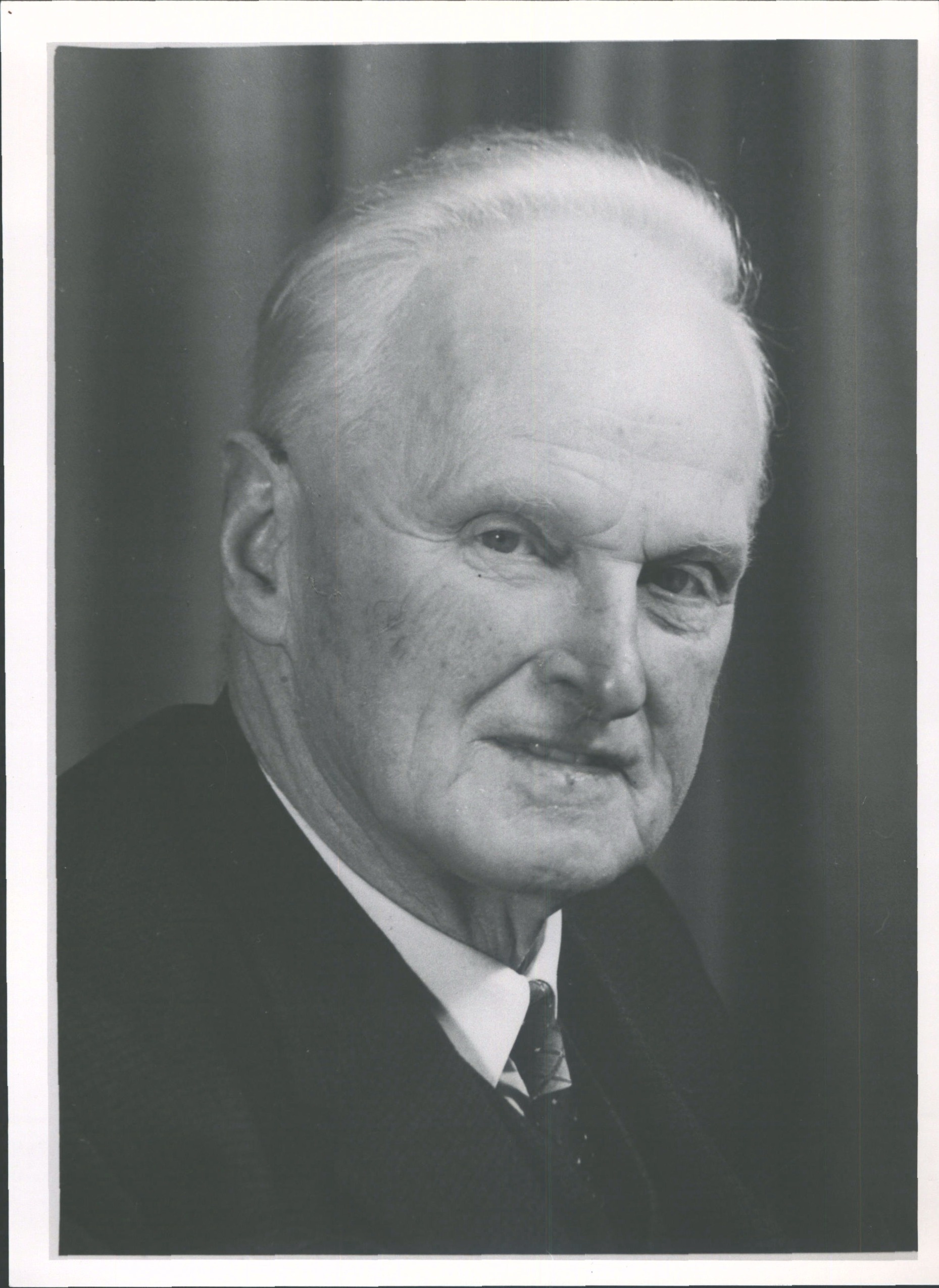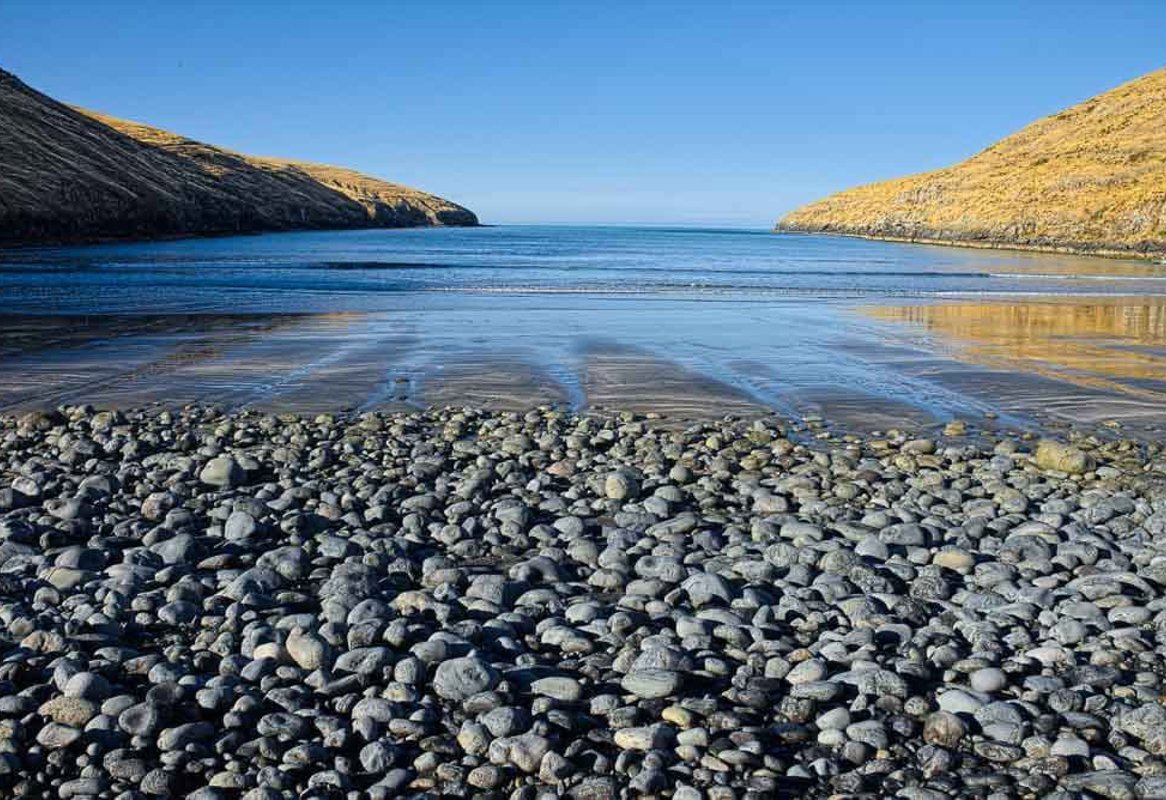Hoani Te Hau Pere
Hoani Te Hau Pere of Wairewa (Little River) was a key advocate for the Ngāi Tahu hapū of Ngāti Makō and Ngāti Irakehu in the early twentieth century, and a key informant of the traditional Māori place names of Banks Peninsula. Though there is very little information recorded about his earlier life, he was one of two children born to Hone Tututaua Pere and Keehi Te Hau. Hoani represented Wairewa in various forums, including being an inaugural representative on the Mahaanui Maori Council, and a member of the executive that organised the Māori carnival at Lancaster Park to raise funds for the council. When George Robinson (Teoti Rapatini), the respected Ngāi Tahu leader of Wairewa, passed away in 1906, Hoani succeeded him, fulfilling a crucial role as a representative of the Ngāi Tahu hapū of Banks Peninsula in various forums.

